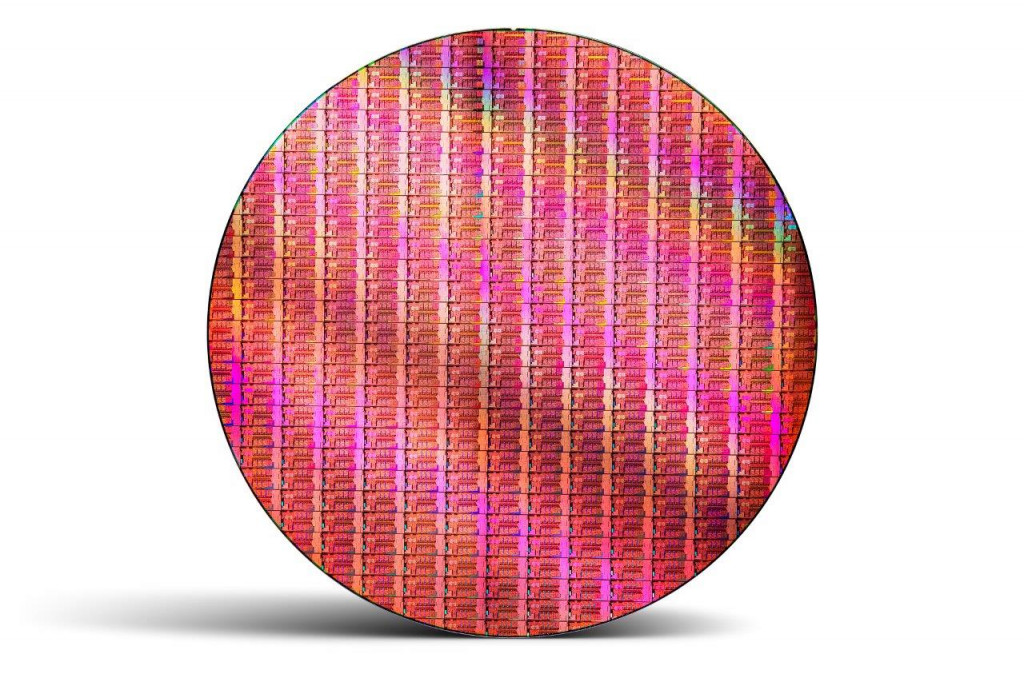Jakarta: At CES 2022, Intel announced the 12th generation Alder Lake S-series and H-series processors to support the Internet of Things (IoT) ecosystem.
Intel said the new processors offer increased core counts and advanced graphics/media/screen and AI capabilities, wider price ranges, performance, and power for retail, manufacturing, healthcare, and digital safety.
“From supporting richer visual experiences across multiple devices, to running critical workloads on a single edge platform, 12th Gen Intel Core processors will empower our customers to take the biggest step towards a software-driven world at the edge,” said John Healy. , Intel VP of the Internet of Things Group and GM of Platform Management and Customer Enablement.
The presence of this processor is considered important, because it combines the performance of a 7nm hybrid architecture, and key features available for retail, healthcare, manufacturing, and video.
How do you feel about this article?
–
–
Strong ecosystem and open source community to support multiple operating systems, enabling IoT customers to choose the right operating system for the applications they want.
The Alder Lake S-series is a 16-core and 24-thread 12th generation desktop processor that is claimed to be 1.36 times faster in single-thread performance, up to 1.35 times faster in multithreaded performance, up to 1.94 times faster in graphics performance. It has a TDP of 35W to 65W.
It is also rated to have up to 2.81 faster GPU image classification inference performance than 10th generation processors. This 12th generation desktop processor for IoT is integrated with an Intel UHD Graphics 770 GPU driven by the Xe architecture that supports virtualized displays and up to four independent displays.
Meanwhile, the Alder Lake H-series is claimed to have 1.04 times faster single thread performance, up to 1.18 times faster in performance, and up to 2.29 times faster in graphics performance compared to 11th generation processors.
This processor has 14 cores and 20 threads at 35W to 45W TDP. Intel also announced the U-series and P-series with TDP ranges from 15W to 28W.
Supports PCIe 5.0/PCIe 4.0 and DDR5/DDR4 memory combined with security and manageability features and AI enablement to help increase productivity and drive innovation in IoT applications.
This processor is claimed to support retail, banking, hospitality, and education customers in increasing workload convergence, driving value from frictionless point-of-sale and kiosks to enhance interactive display experiences.
Then, its use for industrial manufacturing can also take advantage of industrial PCs, edge servers, advanced controllers, machine vision systems, and virtualized control platforms.
Healthcare customers will be able to deliver enhanced ultrasound imaging, medical carts, endoscopes and clinical devices at the edge. Digital safety and security customers will be able to drive more results from AI box analytics, network video recorders and video walls.
(MMI)
– .


